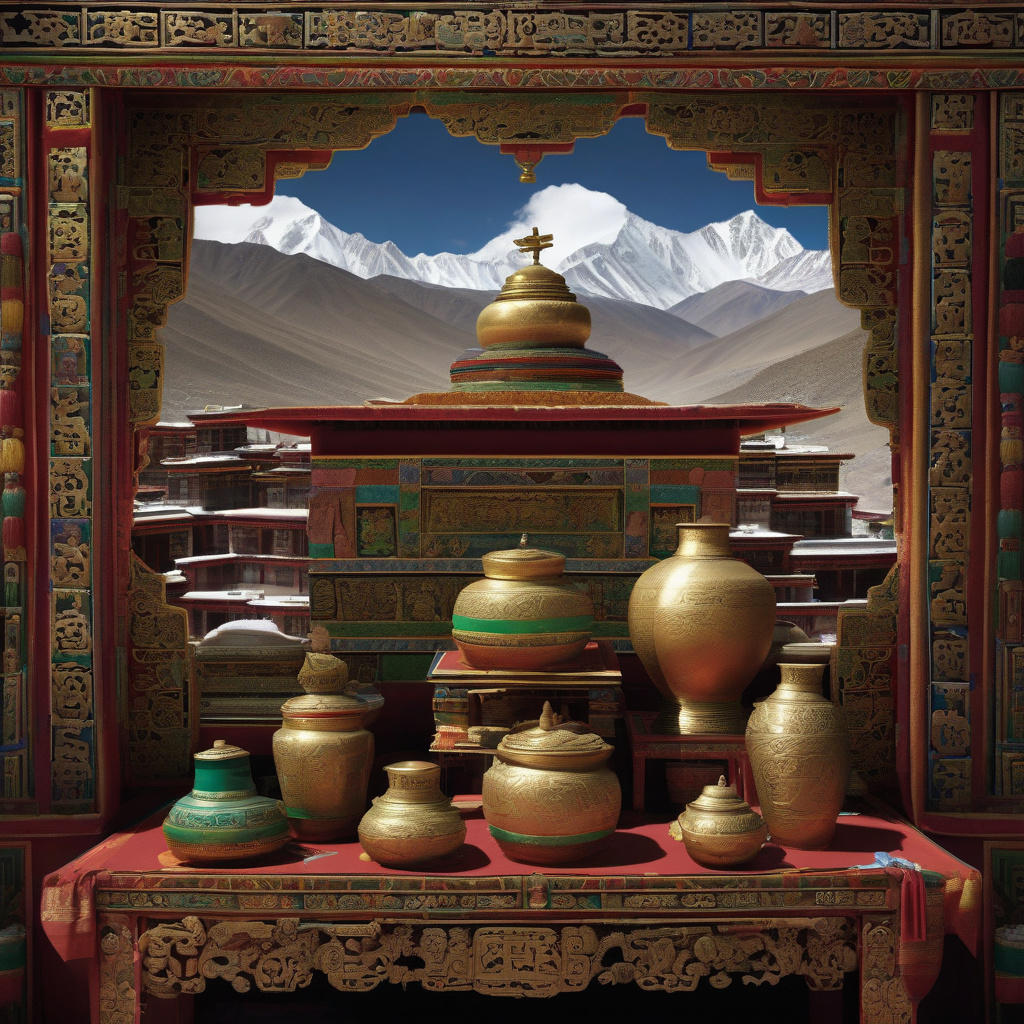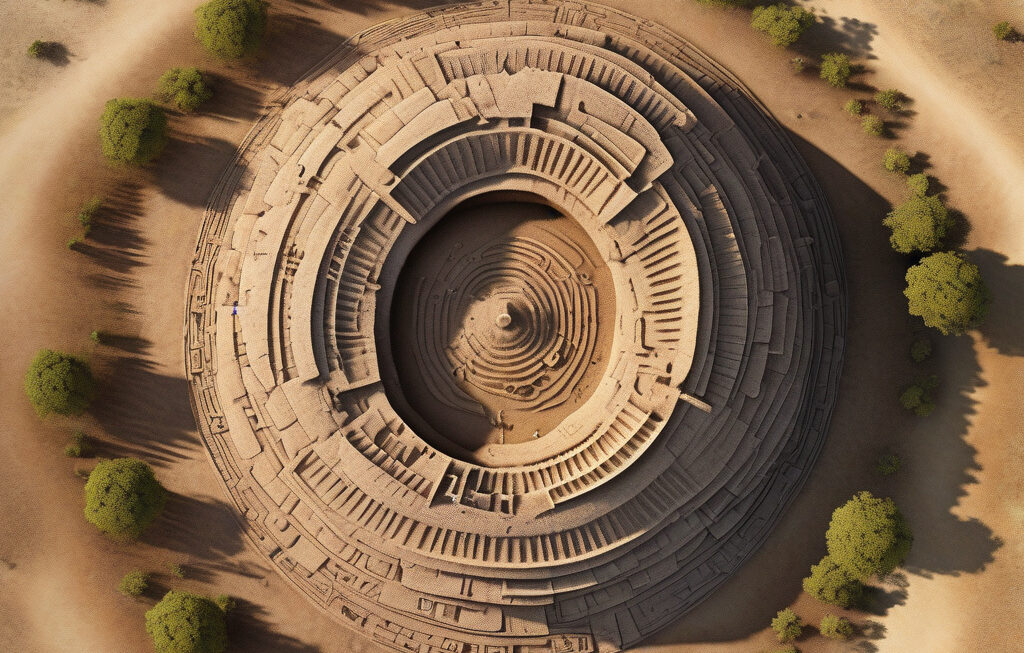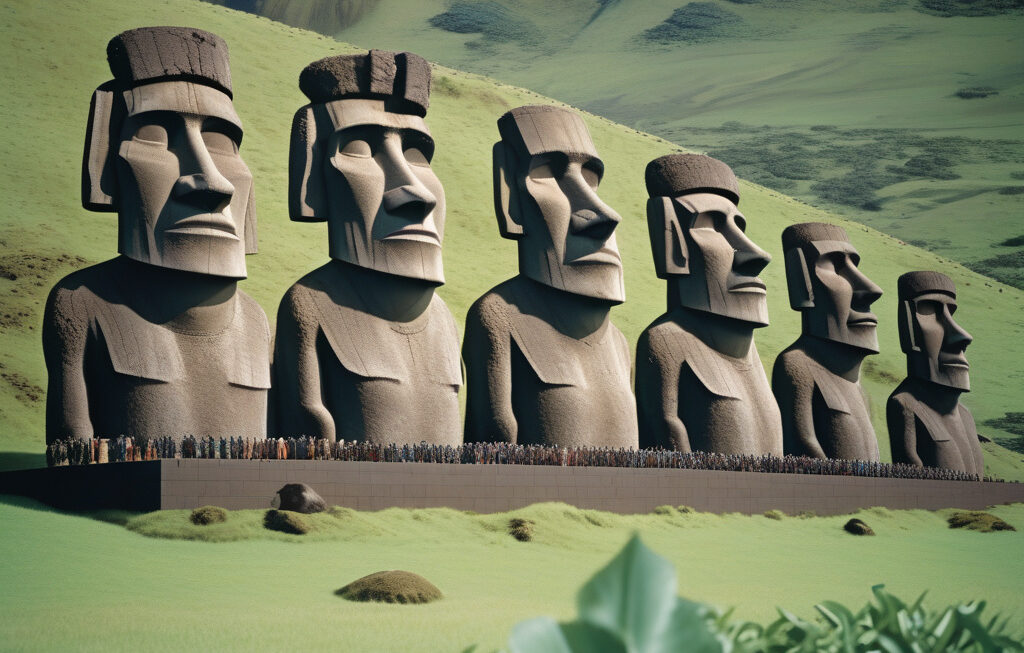Was the Elixir of Life Hidden in Tibet? Chinese Emperor’s Carving Sparks Debate
Qin Shi Huang, the first emperor to unify China in 221 BC, spent his reign in a relentless pursuit of immortality. Legend has it that he sent numerous expeditions in search of the fabled elixir of life, a mythical potion believed to grant eternal youth and longevity. Recently, an intriguing discovery has reignited the age-old debate surrounding the emperor’s quest: a mysterious carving found in Tibet that some believe holds the key to uncovering the secrets of immortality.
The carving in question, unearthed by a team of archaeologists exploring a remote cave in the Tibetan plateau, depicts a series of intricate symbols and inscriptions that bear a striking resemblance to ancient texts from the Qin dynasty. Among the symbols are references to alchemy, herbal medicine, and mysticism – all of which were central to the emperor’s obsession with achieving eternal life.
Experts have been quick to point out the significance of this discovery, suggesting that it could provide valuable insights into the practices and beliefs of the ancient Chinese rulers. Some scholars speculate that the carving may hold clues to the elusive elixir of life that Qin Shi Huang so desperately sought, hidden within the mystical traditions of Tibet.
While the notion of a magical potion that bestows immortality may seem far-fetched, historical records attest to the lengths to which Qin Shi Huang went in his pursuit of eternal youth. The emperor is said to have consumed a cocktail of rare and exotic ingredients, including mercury and jade, in the hope of prolonging his life. His quest ultimately led to his demise, as the toxic substances he ingested are believed to have contributed to his premature death.
Despite the emperor’s failure to attain immortality, his legacy lives on in the form of the Terracotta Army, a vast collection of life-sized clay soldiers crafted to accompany him into the afterlife. The discovery of the Tibetan carving adds another layer of complexity to Qin Shi Huang’s mythological quest, raising questions about the extent of his influence and the secrets he may have uncovered in his relentless pursuit of eternal life.
As archaeologists continue to analyze the enigmatic carving and its implications, the debate over the existence of the elixir of life persists. Skeptics argue that the concept of immortality is purely mythical, rooted in the human desire to defy the inevitability of death. Others remain hopeful that ancient wisdom and alchemical practices may hold the key to unlocking the secrets of longevity and vitality.
Whether the elixir of life truly exists or remains an elusive fantasy may never be definitively proven. However, the discovery of the carving in Tibet serves as a tantalizing reminder of humanity’s enduring fascination with immortality and the mysteries that lie beyond the confines of our mortal existence. Perhaps, buried within the ancient symbols and inscriptions, the key to eternal life awaits those who dare to seek it.
In a world where technological advancements and scientific breakthroughs continue to push the boundaries of human knowledge, the quest for immortality endures as a timeless pursuit that transcends generations. As we ponder the significance of Qin Shi Huang’s legacy and the enigmatic carving in Tibet, we are reminded of the eternal quest for the elixir of life that has captivated the human imagination for centuries.
immortality, Qin Shi Huang, Tibetan carving, ancient mysteries, eternal life












